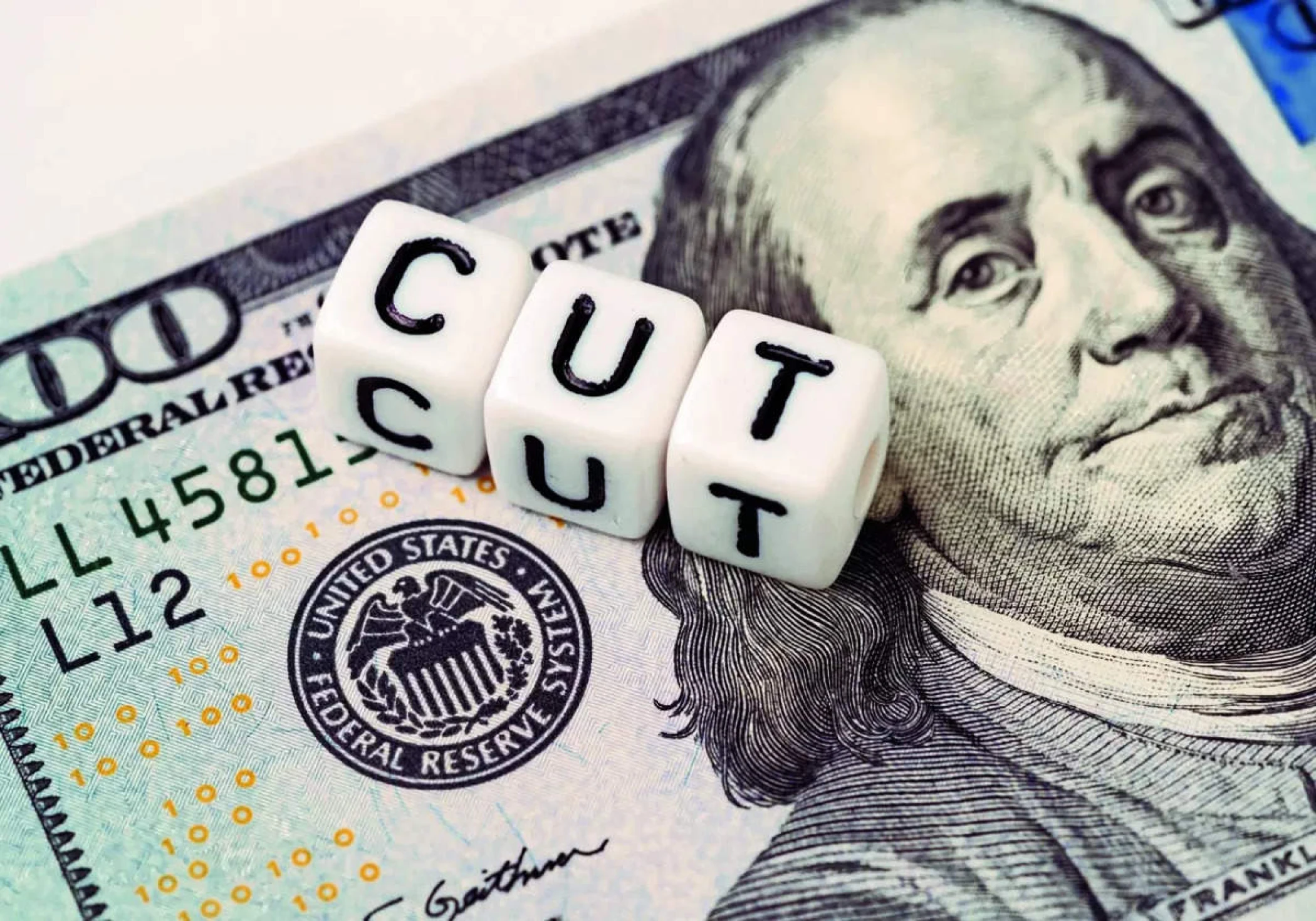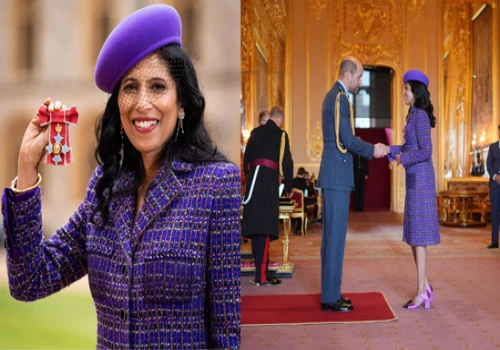
Persistent inflation continues to be a thorn in the side of the US economy. Consumer prices rose again in March, with core inflation – excluding volatile food and energy categories – holding firm at 3.8% year-over-year. This data, released on Wednesday, throws a curveball at the Federal Reserve's plans to cut interest rates this year.
The March figures mark the third consecutive month of inflation exceeding the Fed's 2% target. This hot streak could significantly impact the central bank's decision-making regarding interest rates. While Fed officials previously projected three rate cuts in 2024, recent economic data suggests a more cautious approach might be necessary.
The inflation report is likely to be met with disappointment from both the White House and consumers. With the upcoming presidential election on the horizon, Republicans are poised to blame President Biden for high prices. This could potentially dent his re-election chances, considering polls already show many Americans hold him responsible for inflation despite a robust job market and a near-record-high stock market.
Overall consumer prices rose 0.4% in March compared to February, mirroring the previous month's increase. Year-over-year, prices climbed 3.5%, up from 3.2% in February. The pandemic-induced surge in inflation significantly impacted the cost of food, gas, rent, and various other goods. While inflation has come down from its peak of 9.1% in June 2022, prices remain considerably higher than pre-pandemic levels.
Earlier this year, Wall Street anticipated the Fed aggressively cutting rates, with projections ranging from six to seven cuts in 2024. However, Fed officials signaled a shift in March, indicating a plan for three rate cuts. The latest inflation readings, coupled with signs of continued economic growth, have prompted some policymakers to suggest even fewer cuts might be implemented this year.
The US economy continues to add jobs at a healthy clip, with the unemployment rate dropping to a low 3.8% in March. Additionally, a report on manufacturing revealed an expansion in factory output after a period of contraction exceeding a year.
This economic vigor presents a challenge for the Fed. Traditionally, rate cuts are implemented to stimulate a struggling economy. With growth appearing healthy, some economists question the necessity of rate cuts altogether. A strong economy also affords the Fed more time to carefully consider the timing and extent of any interest rate adjustments that could impact borrowing costs for consumers and businesses.
Fed Chair Jerome Powell, at a press conference last month, acknowledged that robust hiring alone wouldn't necessarily delay rate cuts. He pointed out that despite strong job gains in 2023, inflation ultimately declined due in part to a surge in available workers, primarily driven by increased immigration. However, some policymakers, like Lorie Logan, president of the Federal Reserve Bank of Dallas, have expressed caution in light of recent data. Logan stated last week that she believes it's too early to consider rate cuts.
The Federal Reserve now finds itself in a precarious position. The path forward hinges on balancing inflation control with the need to nurture a healthy economy. The upcoming months will be crucial as the Fed navigates this tightrope walk, with its decisions impacting interest rates, consumer spending, and overall economic stability in the United States.











